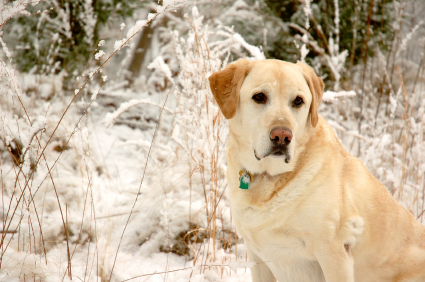Blog
Moving Pets to Another Climate
Moving is stressful enough on people and even more stressful on pets. After all, they don’t understand why they’re being taken from the home they’ve come to know and driven for days across country to some strange house that smells like paint. Add the stress of moving to a different climate and you have a recipe for problems.
The Cold Shoulder
Many people assume that because dogs and cats have fur, they can adapt easily to cold. That’s not necessarily the case. Pets with thick, multi-layered coats can more easily bear the cold, but that can then make them more vulnerable to overheating inside a heated house.
On the other end of the spectrum, dogs and cats with thin coats can be very vulnerable to cold weather outdoors. Cold suppresses the immune system, so pets that become chilled can develop more viral and bacterial diseases.
In general, all cats and dogs have areas that are vulnerable to a new, colder climate: foot pads, ears, and nose. These exposed areas can become chapped and raw or even frostbitten if left exposed. Dogs and especially cats, who may spend more time outside, should be slowly acclimated to colder weather through short, regular walks when it’s dry. Avoid snow, sleet and cold rain; your pets probably shouldn’t be out in it anyway.
You’re Getting Warmer
Moves to warmer climates come with different challenges. First of all, is the area you’re moving to merely warmer, or also more humid? Desert regions present sometimes-blistering heat and sun, and dogs or cats can suffer serious sunburn on the same parts that are vulnerable to cold: ears, nose and footpads. In more humid areas, you also have to deal with the problems of mosquitoes and other flying insects.
The key to adapting your pet to living in a warmer region is water: lots of it, throughout the day. Make sure you position water bowls at several locations throughout your new home; your pet may not be able to orient itself right away, so it won’t have to travel too far for water. Hydration is crucial for maintaining body temperature and avoiding heat exhaustion.
Take your dog for walks in the day and evening to get him used to all temperature extremes, starting with shorter walks and steadily getting longe.
!!! MAKING THE WORLD BETTER ONE MOVE AT A TIME !!!

